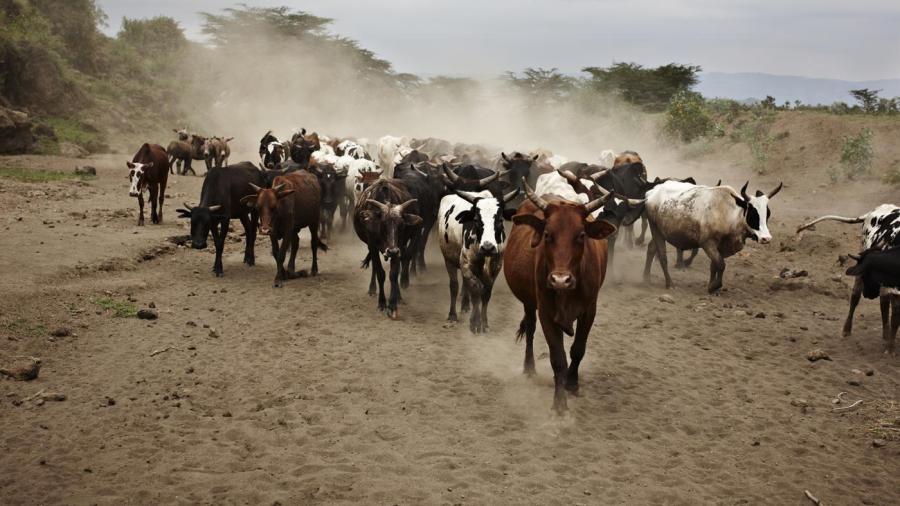Why Did Cattle Drives End in the Late 1800s?

Cattle drives in the western United States largely ended in the late 1800s due primarily to a combination of barbed-wire fences and the new convenience of the railroad. The open range was increasingly blocked by fences as sheep herders and cattle ranchers closed off their land to prevent encroachment from other cattle. Meanwhile, shipping by train proved to be faster, safer and less expensive.
The long cattle drives along established routes like the 500-mile Chisholm Trail to shipping and slaughtering points became an iconic part of American lore, but they were impractical. Teams of cowboys could only move herds short distances every day so the cattle did not lose too much weight, and had to defend them from predators and rustlers. As the population of the West grew, more ranchers and farmers prevented others’ cattle from foraging on their lands by putting up barbed wire, effectively closing off the open range.
Meanwhile, trains provided convenient transportation for herds, with cattle cars able to reach Chicago and other commercial centers in a day or two instead of months. This gave ranchers more time to fatten the cows and decreased the manpower necessary to get them to market. As more train lines extended along the drive routes and stations opened in cattle towns like Abilene and Dodge City, more ranchers chose that form of transportation.
Cattle drives today are much shorter than those of the 1800s, and are designed for tourism rather than practical ranching.





